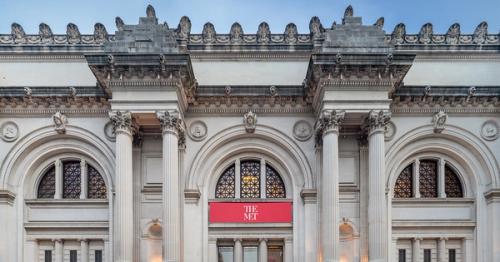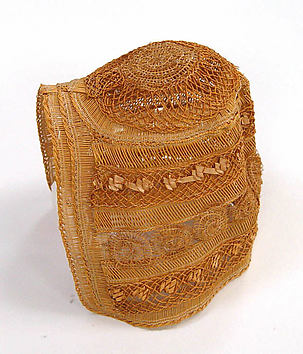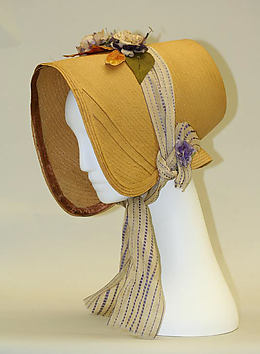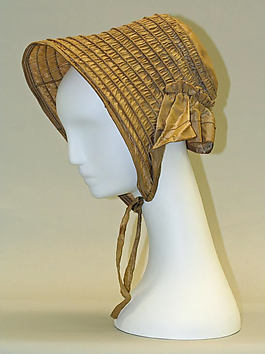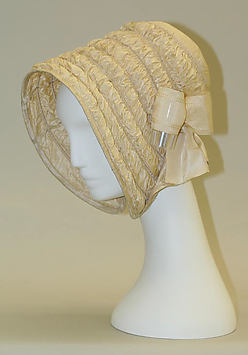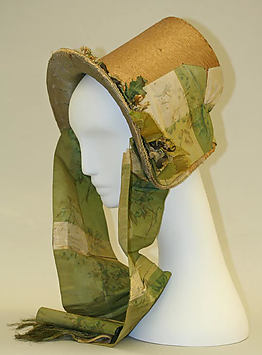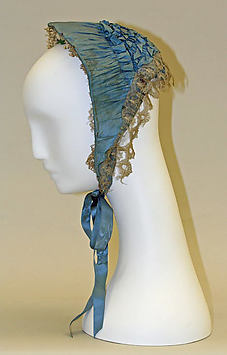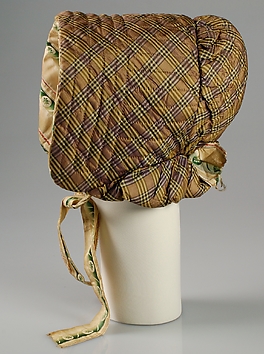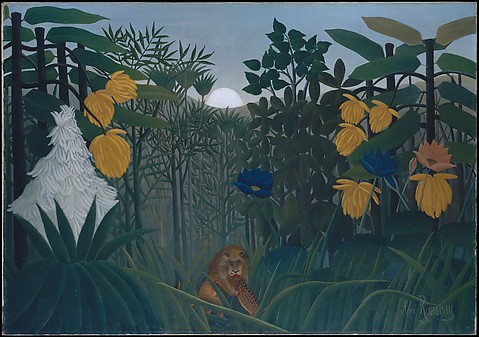The Neoclassical period in Europe produced a host of gifted sculptors of whom it has sometimes been remarked that their clay models exhibit more spirit than their finished marbles. Sketches and models of terracotta (clay that has been baked for greater longevity) are much like drawings in offering extraordinary insights into the creative process. A pan-European practice, modeling was centered in Rome, site of the collections of antiquities that were the chief inspiration of artists. This publication offers the first comprehensive overview of Neoclassical modeling in the years from 1740 to 1840. The catalogue, numbering 142 objects, analyzes modeling at every stage, from the brusque preliminary impulse of the artist to the highly finished statuettes that were regarded as works of art in their own right. Many of the greatest names are represented here: from France, Bouchardon, Pigalle, Pajou, Houdon, Roland, Clodion, Stouf, and Chinard; from Germany, Dannecker and Schadow; from Italy, Canova and Pacetti; from Sweden, the magnificent Sergel. Some artists are examined in considerable depth, with as many as nine works. Lesser-known talents who merit greater attention and emerge heroically are the Swiss Sonnenschein and the Russians Kozlovsky and Martos. The sections of the catalogue, each preceded by an introductory essay, examine the sculptors' techniques and training and explore prominent themes, such as terracotta's role in the statuary of Great Men and in tomb sculpture, depictions of Arcadia and the loves of the gods, scenes from the Iliad and Ovid's Metamorphoses. Special attention is paid to the ancient visual and literary sources that motivated these generations of discerning and erudite sculptors. Short biographies of all of the artists discussed are included.
